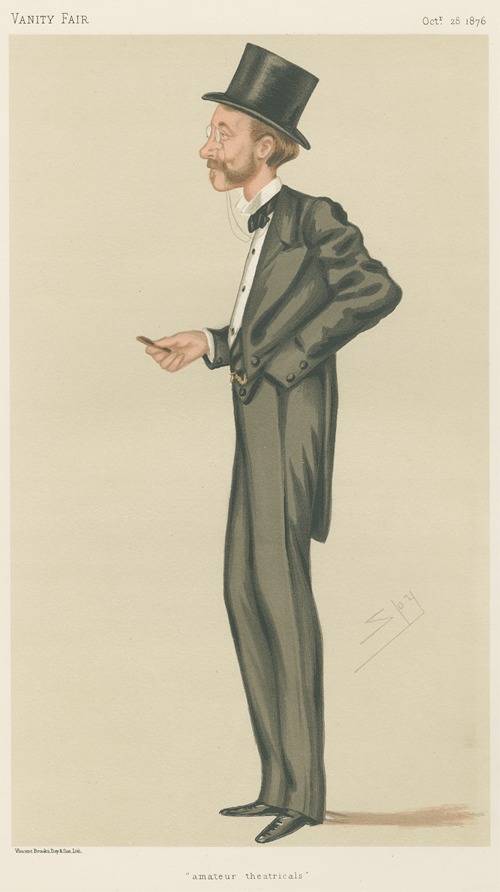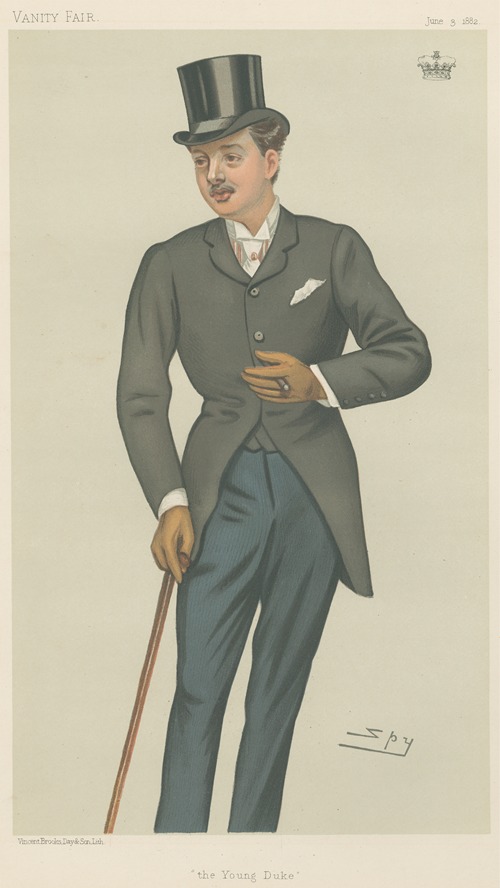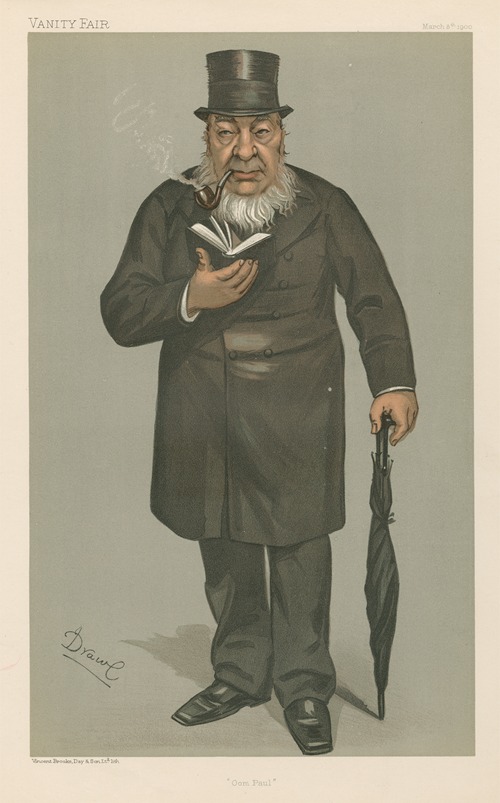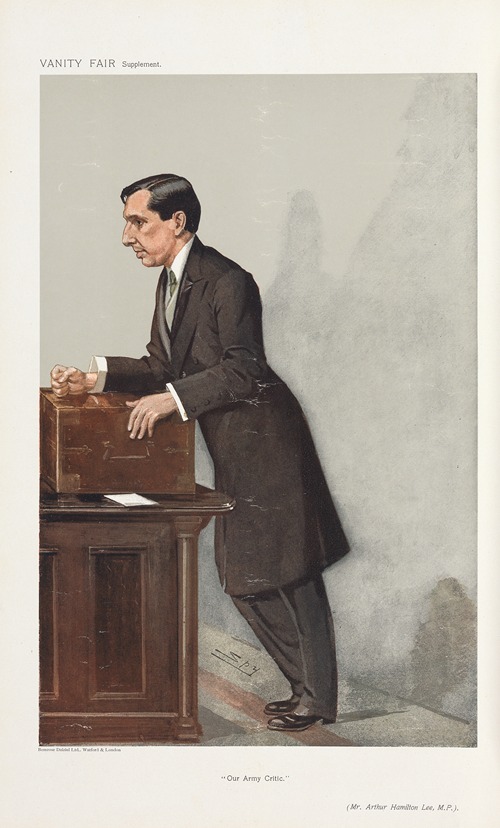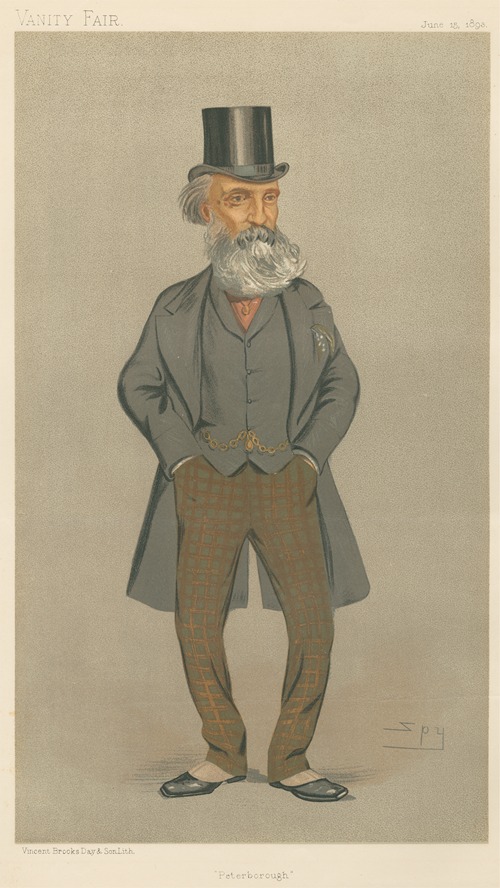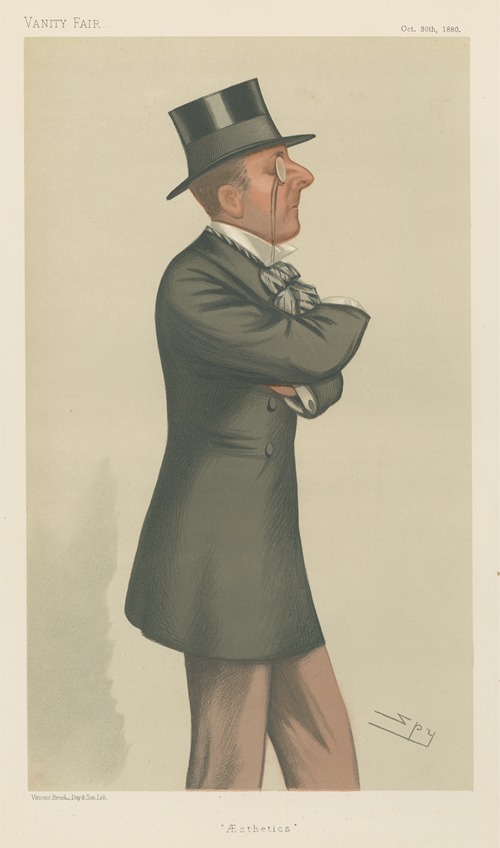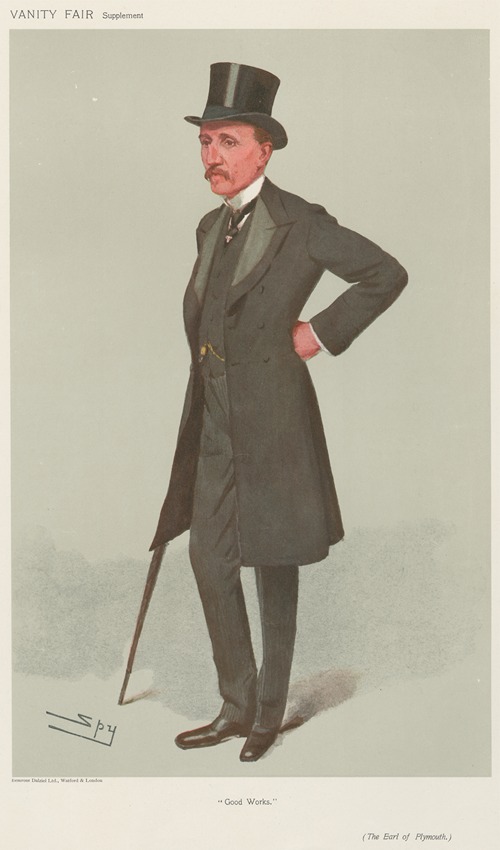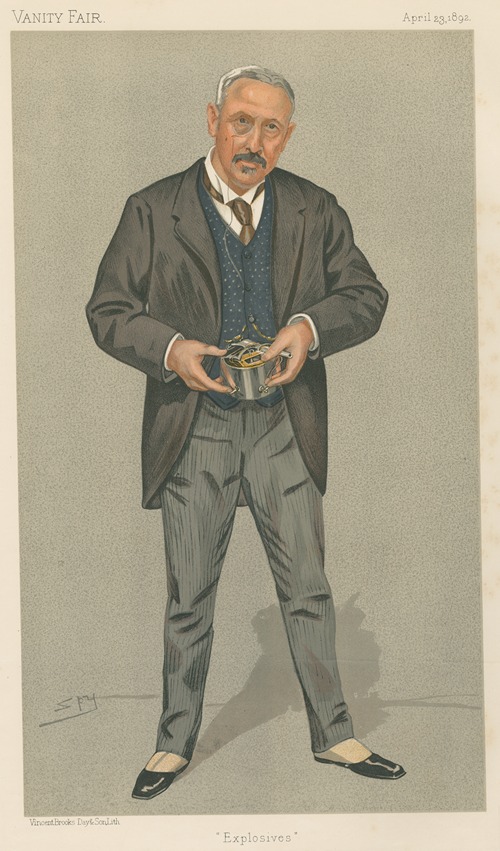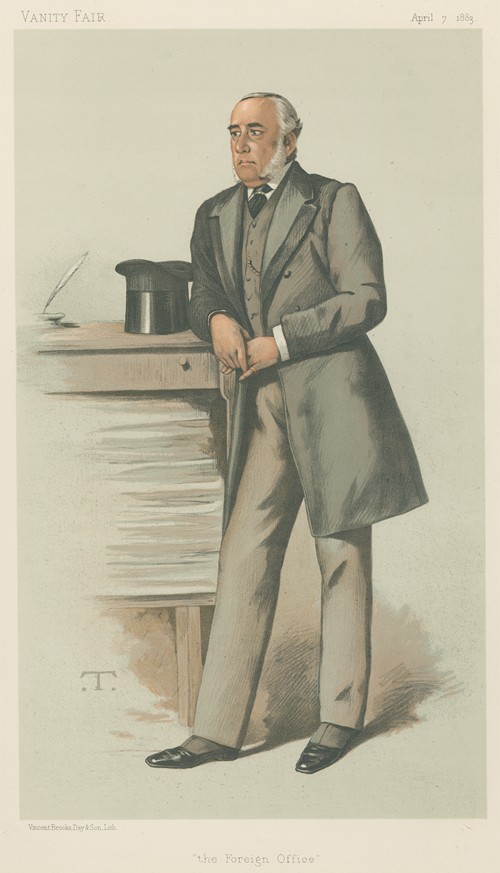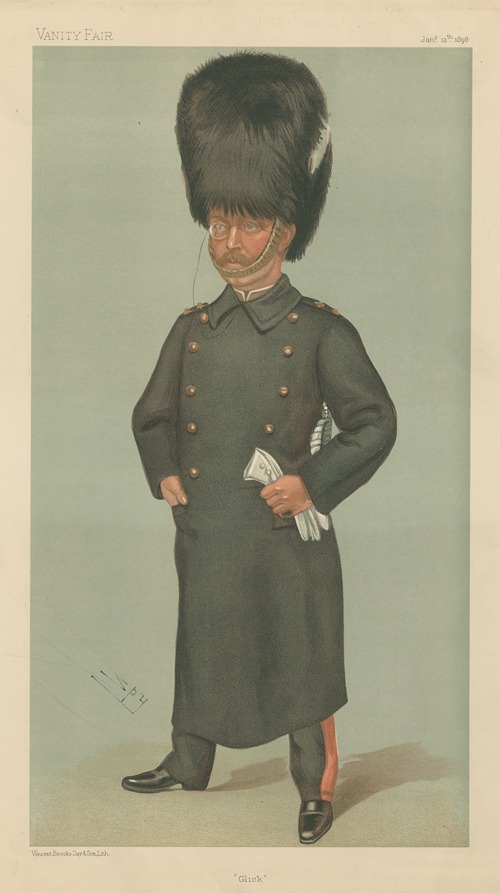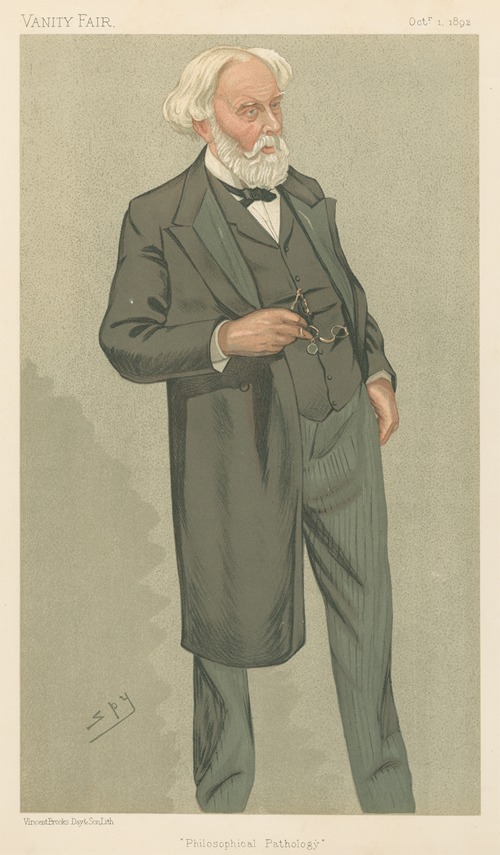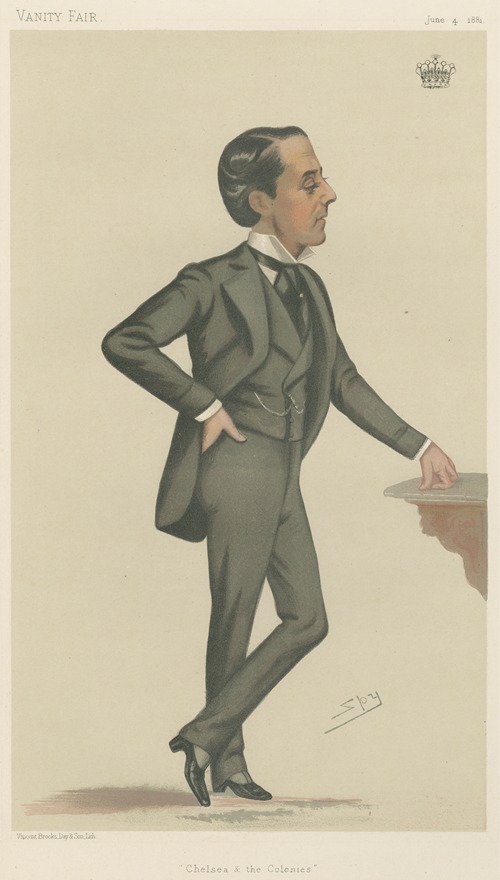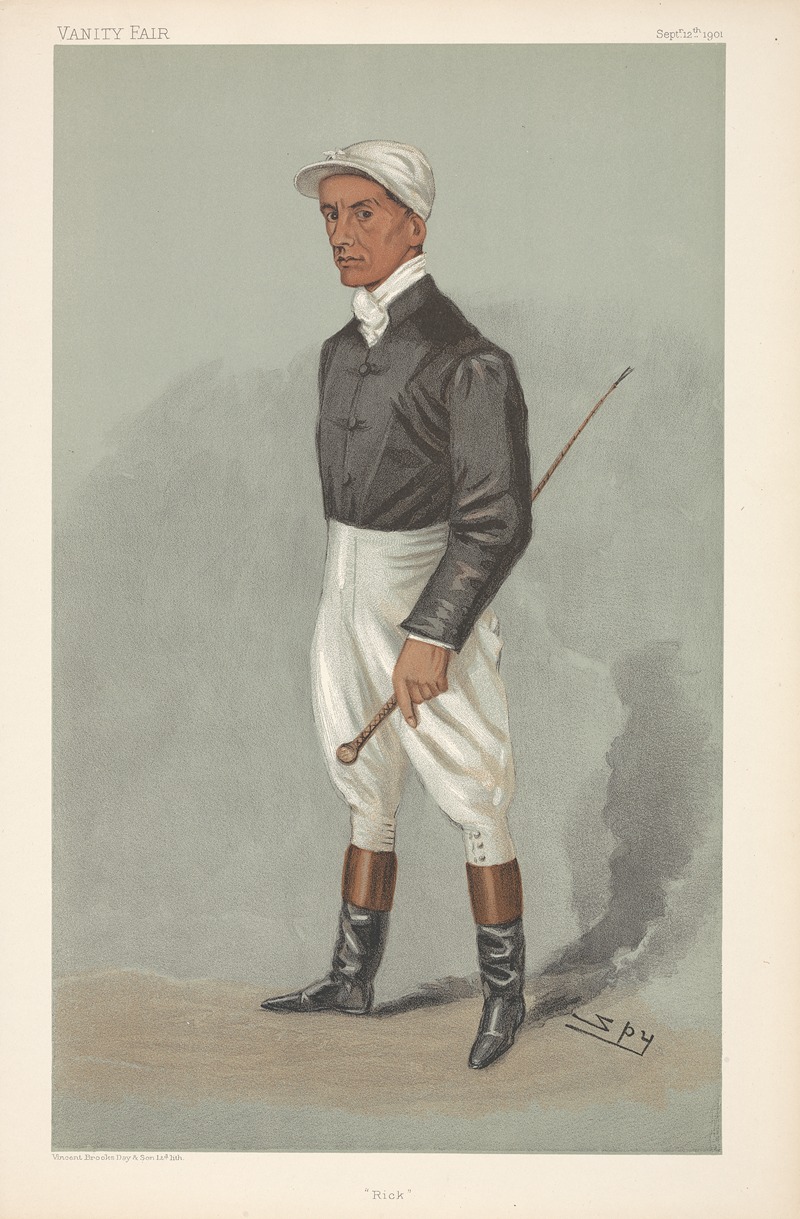
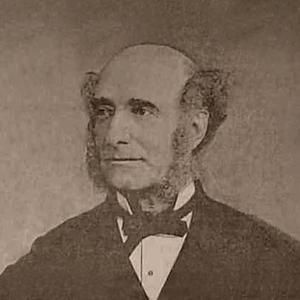
Vincent Robert Alfred Brooks first set up business in 1848. His father was the radical printer and stationer John Brooks of 421 Oxford Street. John Brooks has been described as the publisher of the Owenites because of his association with the early socialist Robert Owen. He published an edition of Percy Bysshe Shelley's Queen Mab, and was a member of the second council of the National Political Union.
After leaving school, Vincent Brooks spent time on John Minter Morgan's farm estate near Uxbridge before returning to London to join his father in business. Around 1840 John Brooks relocated to the Channel Island of Jersey where he continued to trade as a wholesale stationer and paper merchant. Vincent was left with the business in London. At some time during this period he was also associated with Charles Robertson, an artists' colourman based in Long Acre.
It is not certain at what point Vincent Brooks first practised lithography. A number of his early pieces were shown at the Great Exhibition of 1851. The following year the business moved from Oxford Street to 40 King Street, Covent Garden.
Vincent conducted lithographic classes at Marlborough House during 1855 in what was destined to become the Royal College of Art. He was entrusted with the Princess Royal's Dying Soldier on the Battlefield, which was reproduced and sold in aid of the Patriotic fund. The following year the Arundel Society commissioned a series of lithographs to be issued yearly to their subscribers. An effort described as ‘...the most important non-commercial application of chromolithography' in the country at the time. However, the Arundel Society complained, maybe unjustly, about the quality or the lack of expertise in depicting religious subjects. The prints were also hampered by delays and by 1860 production had been switched to a German firm.
The Leighton Brothers, who would go on to produce the pictures featured in the Illustrated London News, left their Red Lion Square premises in 1857. Vincent Brooks is reported to have taken over the remaining plant.
Staying in the Covent Garden area of London, two years later, during 1859, Vincent Brooks moved to larger premises in Chandos Street. The street is now renamed Chandos Place. Work from this era is marked either as Vincent Brooks Lith. or Vincent Brooks imp.
London's International Exhibition of 1862 saw Vincent Brooks awarded a gold medal for his Lithograph of Mulready's Choosing the Wedding Gown. The same year Vincent Brooks produced one of his finest works in the form of a chromo-lithograph of the Lumley Portrait of William Shakespeare. It is even reported that the reproduction was so complete that one was sold for forty guineas to a purchaser who thought he was buying the original portrait.
During the 1860s, Vincent Brooks acquired plant and premises of Messrs J.S.Hodgson & Son of High Street Lambeth and he embarked in letterpress and colour block printing. The firm also fought off competition from Day & Son and Messrs Hanhart Bros in reproducing one of John Leech's cartoons of Jorrocks in a competition organised by Punch Magazine. The company's winning entry was reproduced by one of their leading chromo-lithographic artists, William B. Bunney, and the firm's success led to many years of work from Punch.
In 1865 Vincent Brooks became involved with the 'inventor' of colour printing George Baxter. He purchased many of Baxter's plates and printed them using Baxter's presses which he had lent him on the understanding that George Baxter Jr. took up the management of them and that George Baxter himself supervised the work. It was a complex process that required up to 20 blocks per image. The process failed to pay its way and Brooks sold the plant four years later to Abraham Le Blond.
1866 saw Vincent Brooks joined in business by his second eldest son Frederick Vincent Brooks who was to eventually take over after his father's death. Vincent's eldest son Alfred William Brooks had preceded his younger brother into the firm but 'never had very robust health' and by 1901 had left the business. Later that year the firm purchased William Willis’ remarkable Aniline process of direct photography, which reproduced engineering 'blue prints' keeping the original positive image.
At Paris's Exposition Universelle, held during 1867, Vincent Brooks won a gold medal for 'the excellence of their reproductions'.
Vincent Brooks had started negotiating to take over the business of Day & Son Ltd during 1866. Financially assisted by the Henry Graves, the Printseller of Pall Mall, Vincent Brooks bought their property, name, and goodwill in an agreement dated 25 March 1867. The firm now became known as Vincent Brooks, Day & Son.
